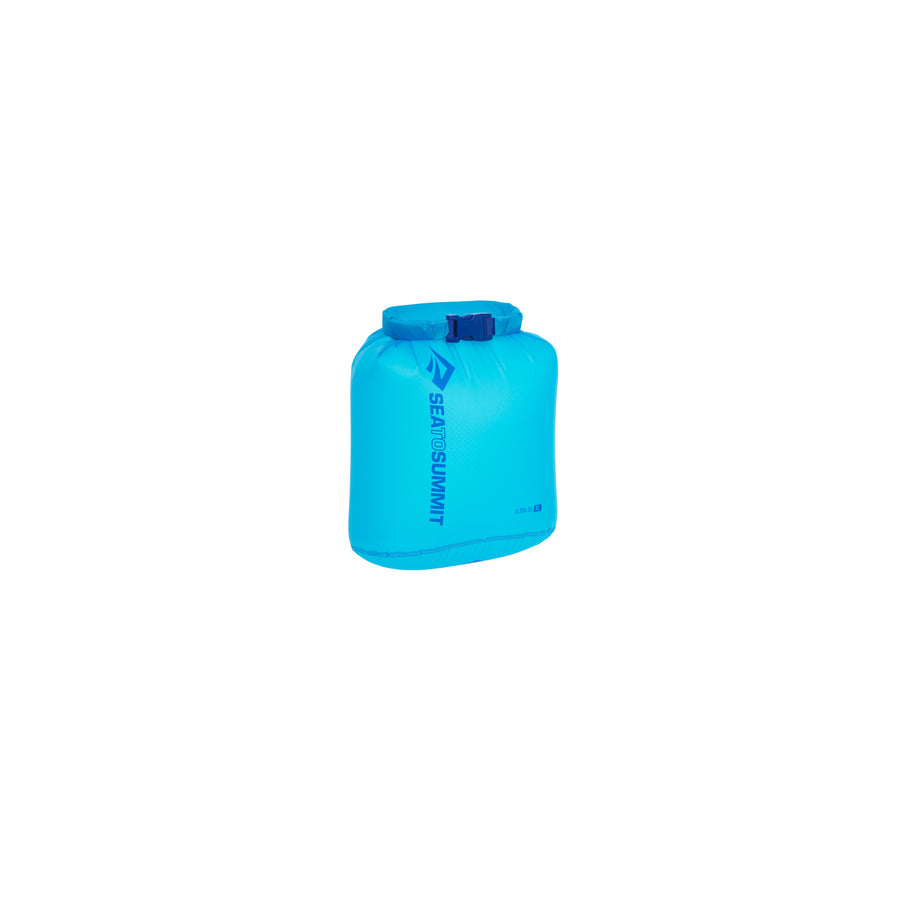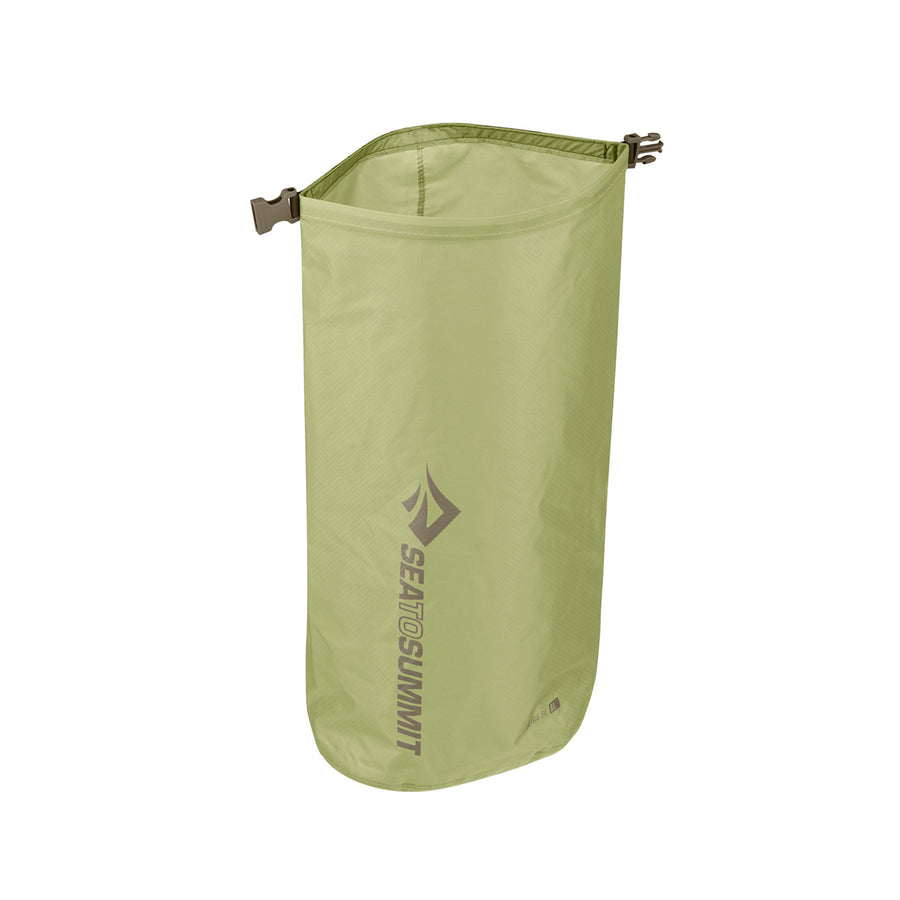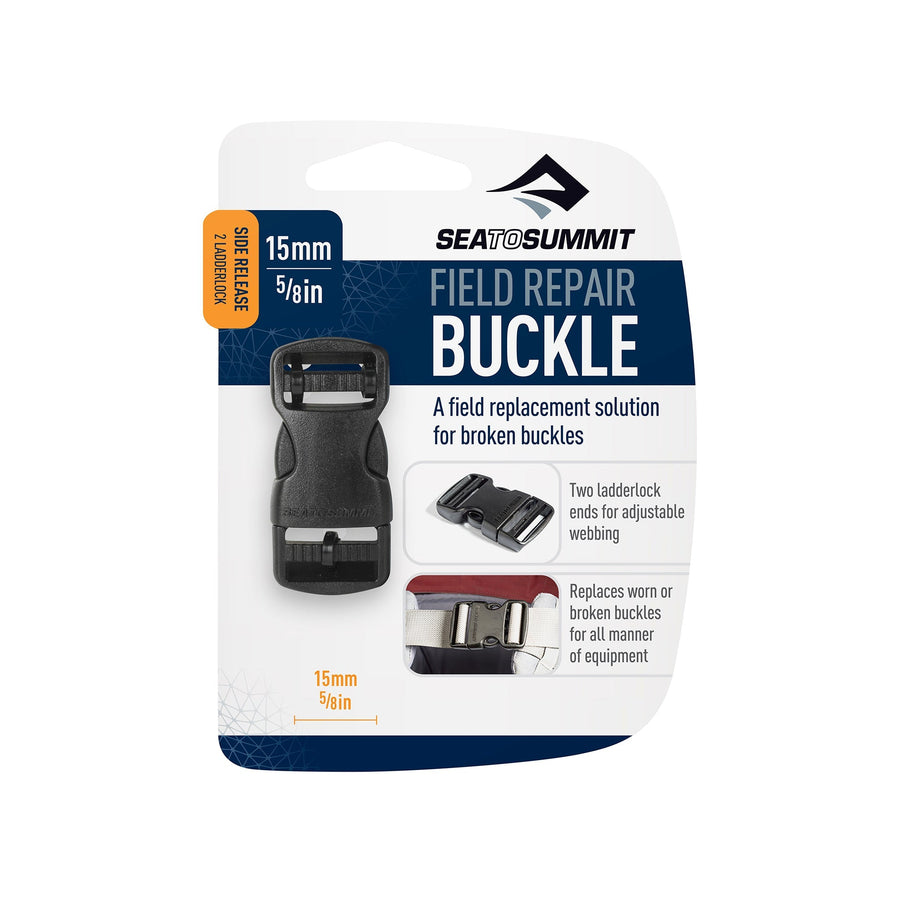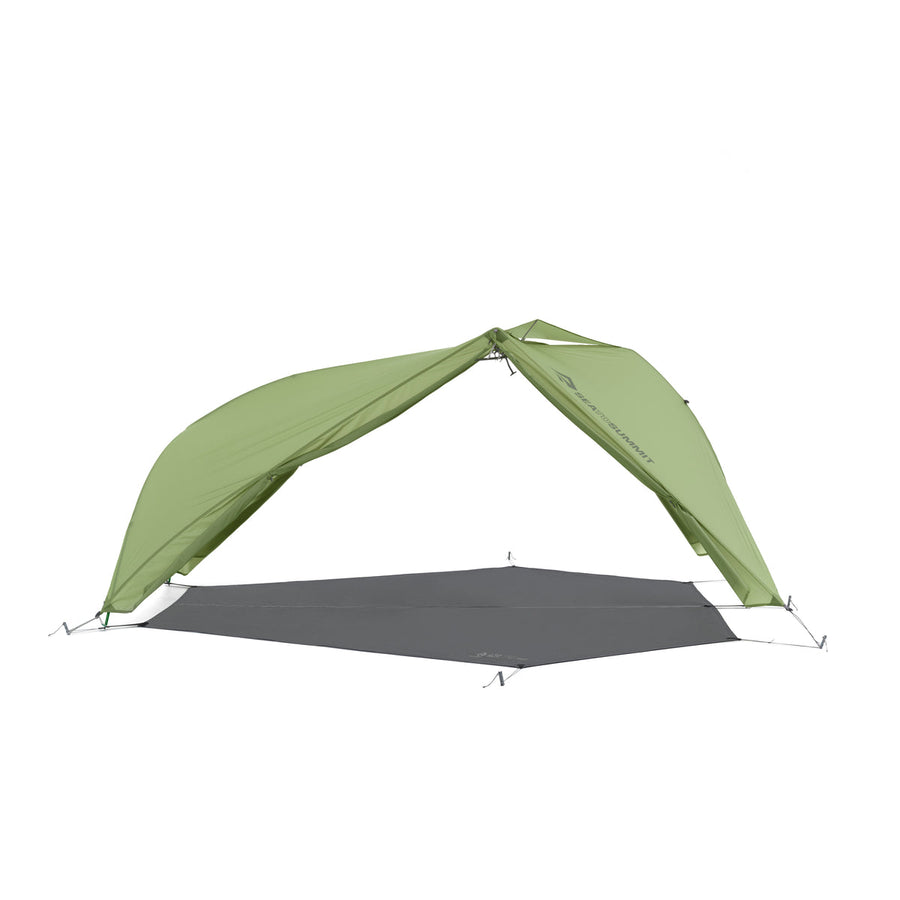How to Choose the Best Sleeping Bag For You

When deciding what sleeping bag to buy, it's crucial to consider your sleep system as a whole. Combining the right sleeping pad, liner, pillow and sleeping bag can give you a great night’s sleep – but it is essential to choose the appropriate products. In this guide, we will deep dive into choosing the right sleeping bag for you.
Here are the key factors to consider when selecting this important part of your sleep system:
Other features to consider are pockets and zipper coupling. This comparison chart will help you identify which bag best fits your needs!
WARMTH
The principal job of a sleeping bag is to protect you from losing body heat into the surrounding air (it is the job of the sleeping pad to reduce heat loss into the ground). In warmer conditions, staying comfortable in a sleeping bag is largely a question of ventilation – see below.
EN AND ISO RATINGS
The EN 13537 test protocol (or the ISO standard which will eventually replace it) uses heated manikins in a cold chamber to measure the thermal performance of a sleeping bag. This type of testing is backed by the majority of quality sleeping bag manufacturers.
Use the EN rating scale to choose a bag that will keep you warm enough at the lowest temperature you intend to sleep in. Most men should refer to the Lower Limit rating for this. Women, who usually sleep a few degrees colder than men, should refer to the Comfort rating.

Here is an example of EN rating for the Spark I, with a comfort rating of 48°F and lower limit of 40°F.
If you are a cold sleeper, a women’s specific sleeping bag—like our Altitude, Journey, Venture and Quest—might be the solution. These bags have extra insulation. Just remember that a women’s specific bag is narrower in the shoulders, and is shorter: the Women’s Regular is for sleepers up to 167cm / 5’ 7” and the Women’s Large is for sleepers up to 183cm / 6’ 0”. Taller bags can be found in our unisex range.
TECHNICAL FEATURES
If you will be using your sleeping bag in colder conditions, draft tubes along the zippers and a full draft collar are essential for retaining warmth. They prevent heat ‘leaking out’ along the zippers or around your shoulders. The oversized draft tubes/draft collars on our Ascent or Altitude bags, excel at this.
Remember that the manikin used in the EN temperature rating test does not move, and therefore does not draw cold air into a sleeping bag. In the real world, where people move around in their sleep, these construction details are vital – some bags perform well in the lab test, but much less well when used by a real-live sleeper.
PACKABILITY
The type of adventure you're planning to bring your sleeping bag on will vastly change how your prioritize weight, packed size and fill type. If you are going on a thru hike, weight and packed size will be crucial. If you plan on a paddling trip, a synthetic bag that dries more quickly and can still insulate when wet should be your choice.
WEIGHT & INSULATION TYPE
Synthetic bags are typically heavier and bulkier than technical down bags and will not last anywhere near as long. Branded synthetic insulation like THERMOLITE® is soft, packable, and should outlast some generic synthetics. Construction also goes a long way in getting the most out of synthetic fill. Our synthetic bags use a WaveLoft™ construction, where insulation is sewn into W-shaped ‘waves’. This provides extra loft and traps pockets of air. WaveLoft is found on all Sea to Summit synthetic sleeping bags, from entry level to technical.
Our lightest bags will use down insulation – nothing provides the warmth-to-weight ratio of high-lofting down. This is paired with lightweight shell and liner fabrics.
If you need the lightest, most packable sleep system, you may well choose a Flame or Spark model for your adventures. Be aware that ultralight does involve some trade-offs: the bag will not have as broad a cut, it will have less ventilation, and it will have scaled down warmth-retaining details like draft tubes and collars.
PACKED SIZE
For activities like bikepacking, bike touring and motorcycle touring, packed size is really important – and in the case of bikepacking, weight is really important, too. For trips like these, a down sleeping bag with lightweight materials will obviously be your most compact companion—and a compression sack can further reduce packed size by 30-40%. Many of our bags come with a compression bag but these can also be purchased separately. Compression dry sacks—like our eVent® Compression Dry Sack and Ultra-Sil® eVent® Compression Dry Sack—will also protect your bag from the elements.

Featured above: Spark I, Ascent I, Altitude I, Quest I and Alpine III next to an 8.5in high water bottle.
FIT
The right fit allows enough room so you can adopt a natural sleeping position without compressing the insulation, but not so much room that you have an excessive amount of internal air to warm up. If your bag is too tight, your shoulders, knees and hips may compress the insulation and create cold spots. Too short, and your head and feet may compress the hood and footbox respectively. So – test a bag before purchase, and choose your fit wisely.
UNISEX VS. WOMEN SPECIFIC BAGS
Our unisex bags come in a range of relaxed mummy to tapered-rectangular shapes. Our women’s specific range is narrower in the shoulder and wider from the hip-to-knee. When testing, you need to assume a normal sleeping position: if you sleep on your side, test the bag by laying on your side – you may find that a conventional mummy bag is too tight (and the points where you compress the insulation with your knees, hips and shoulders will become ‘cold spots’). This is particularly true for the 'figure four' position that women commonly sleep in – which is why a women’s bag should be widest between the hips and the knees. Some sleepers (especially those who have been squeezed into narrow mummy bags) may prefer the freedom of movement that a quilt allows.
VENTILATION
The most versatile bags—the ones that will see you through different temperatures and humidity levels—are those that have ventilation options. That way, you can sequentially open up your bag to let out excess heat. Some models can even be opened completely flat like a quilt, for true three-season flexibility.

Bags with our Free-Flow triple-zip system—like our Altitude (pictured above), Ascent, Venture and Traverse—offer the most ventilation options. A zip along each side of the bag allows you to fold the top down, whilst a third zipper in the footbox frees your feet.
Many of our other bags use secondary zips or zip sliders to allow ventilation—which gets you more use out of your bag for minimal extra weight.
ADDITIONAL FEATURES
Once you have your bases covered—warmth, weight, compressibility, ventilation and fit—it’s time to consider features that make your life easier and more comfortable on the trails. Here are a few of our favorites:
POCKETS
Pockets might not sound like the most exciting feature out there—but they come in pretty handy when you want to keep your batteries or technology safe from freezing temperatures.
ZIPPER COUPLING
Bags with our Zip Coupling feature can be paired with one another.




































